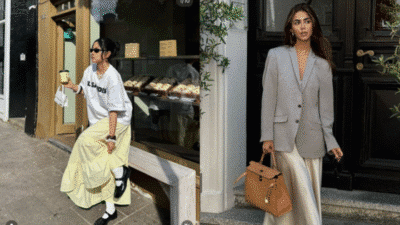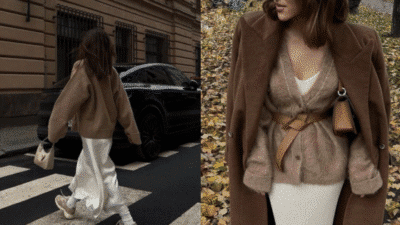Vintage accessories bring a unique charm and personality to any outfit. They offer a chance to stand out by mixing classic pieces like jewelry, scarves, and handbags with modern clothes. The key to styling vintage accessories is to balance old-world elegance with today’s trends to create a fresh yet timeless look.
Many people love vintage because it’s not only stylish but also sustainable. Wearing vintage allows someone to show off their individuality while choosing pieces with history and character. Learning how to pick authentic items and blend them well can make a big difference in pulling off a confident vintage-inspired style.
This guide will help readers find and style vintage accessories in a way that fits their everyday wardrobe. It focuses on simple tips for combining these unique pieces with modern fashion to make any outfit look polished and personal.
Understanding Vintage Accessories
Vintage accessories come from different times and styles, each with its own unique look and story. Knowing what defines vintage pieces, the styles from popular fashion eras, and how to spot real vintage items helps anyone add special touches to their wardrobe.
Defining Vintage Accessories
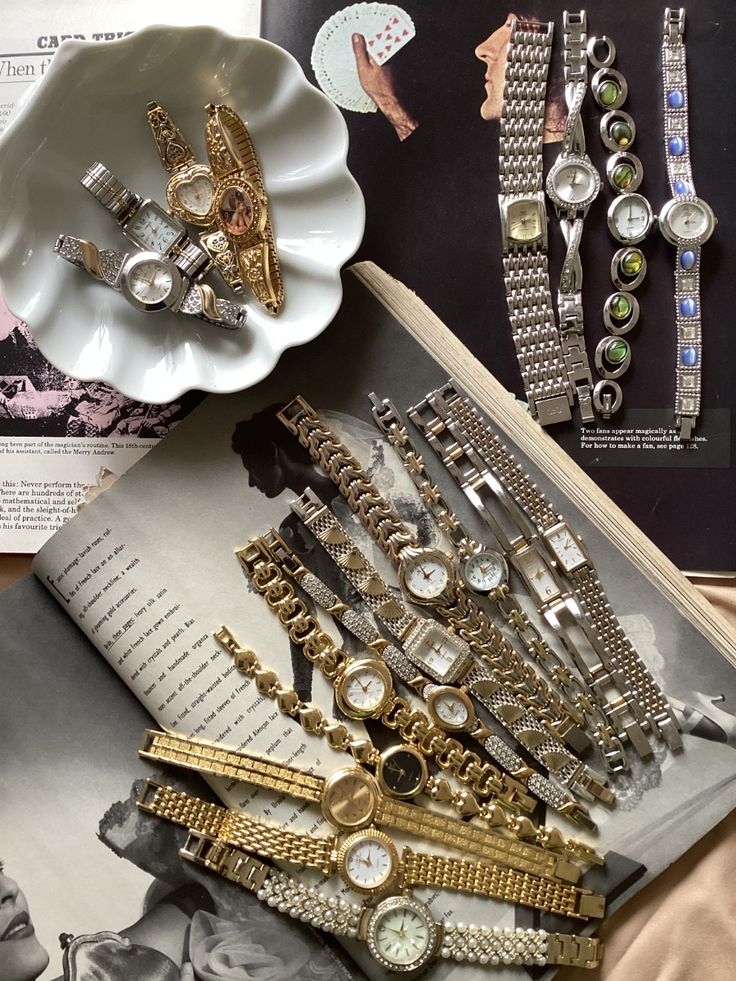
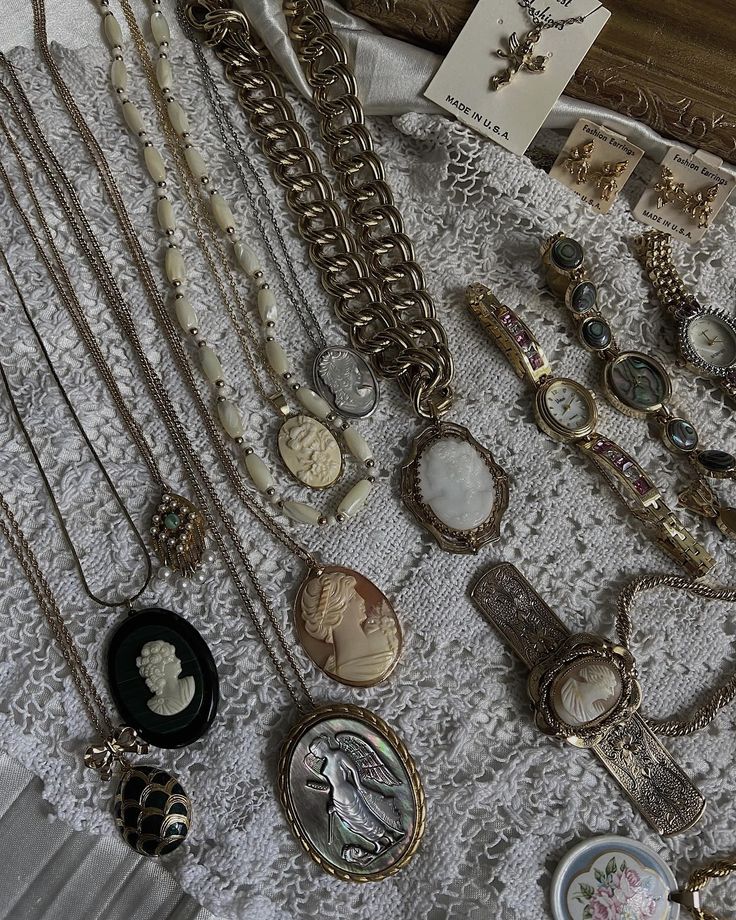
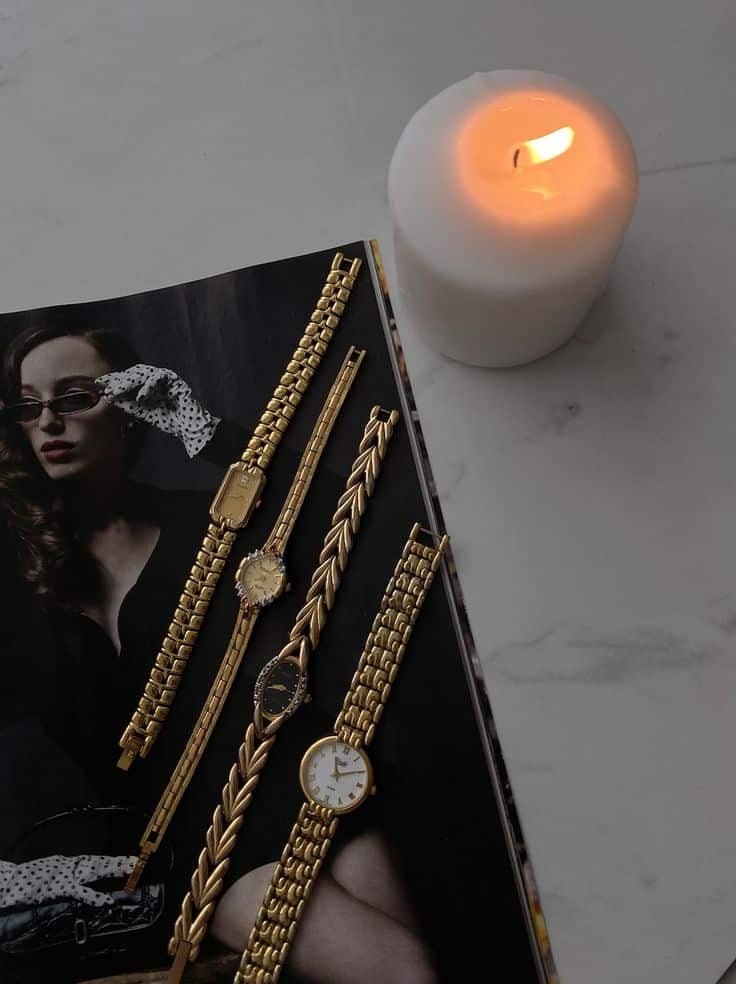
Vintage accessories are items made at least 20 to 30 years ago. They include jewelry, scarves, handbags, hats, and belts. These pieces often show craftsmanship and styles that are no longer made today.
They stand out because they blend history with fashion. Owning vintage items means having something unique that tells a story. They differ from “retro,” which are new items made in old styles, and “antique,” which are older than 100 years.
Popular Eras and Their Signature Pieces

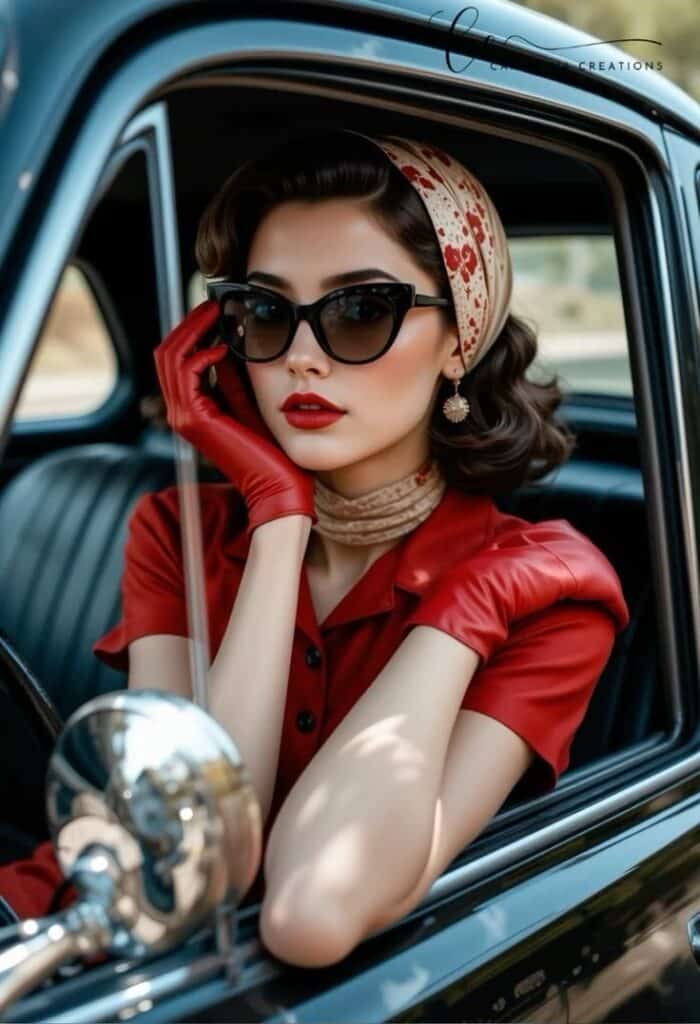
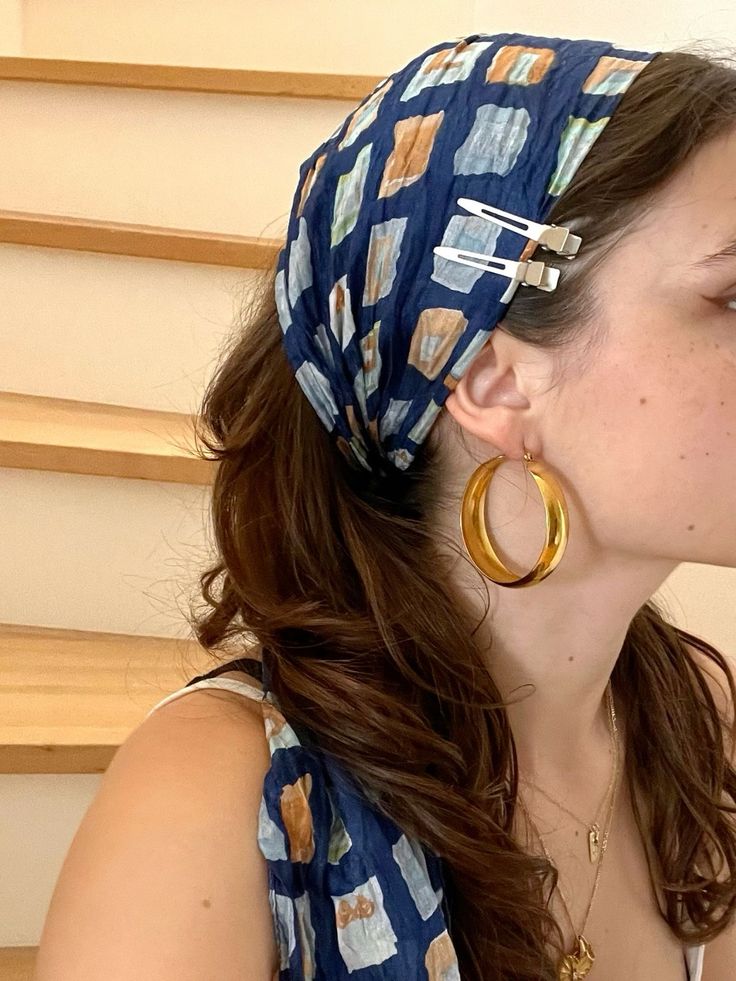
Each fashion era has iconic accessories. The 1920s are known for pearl necklaces and cloche hats. The 1950s feature cat-eye sunglasses and structured handbags. The 1970s brought bold statement jewelry and colorful scarves.
Knowing these eras helps identify the look and age of an accessory. For example:
| Era | Signature Accessories |
|---|---|
| 1920s | Flapper headbands, pearl strings |
| 1950s | Cat-eye glasses, leather gloves |
| 1970s | Large hoop earrings, printed scarves |
These pieces reflect the culture and style trends of their time. They add character when mixed with modern clothes.
How to Identify Authentic Vintage Items
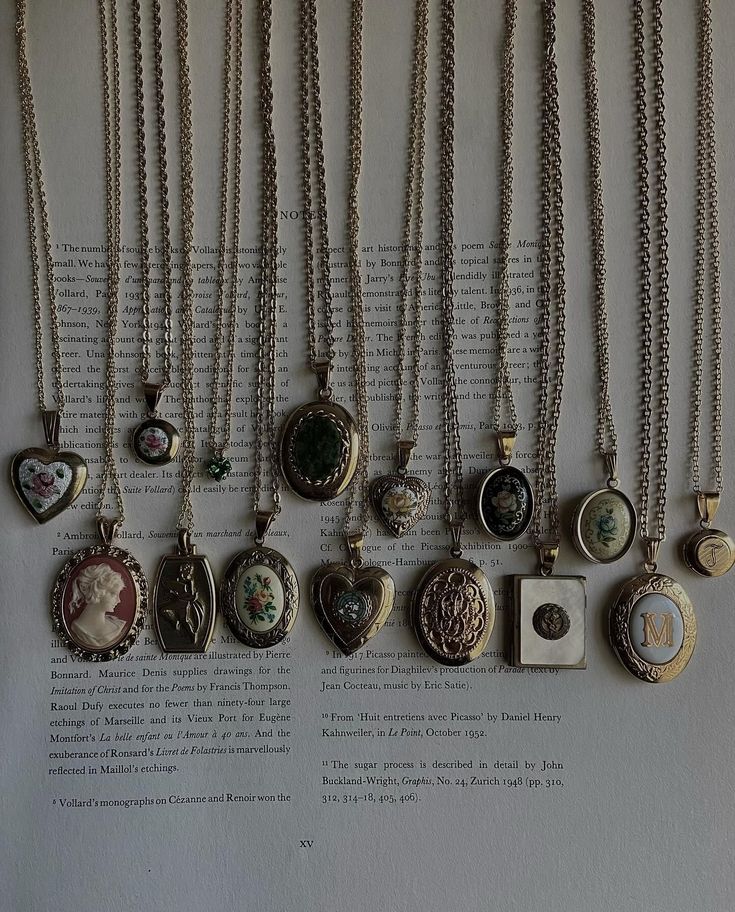
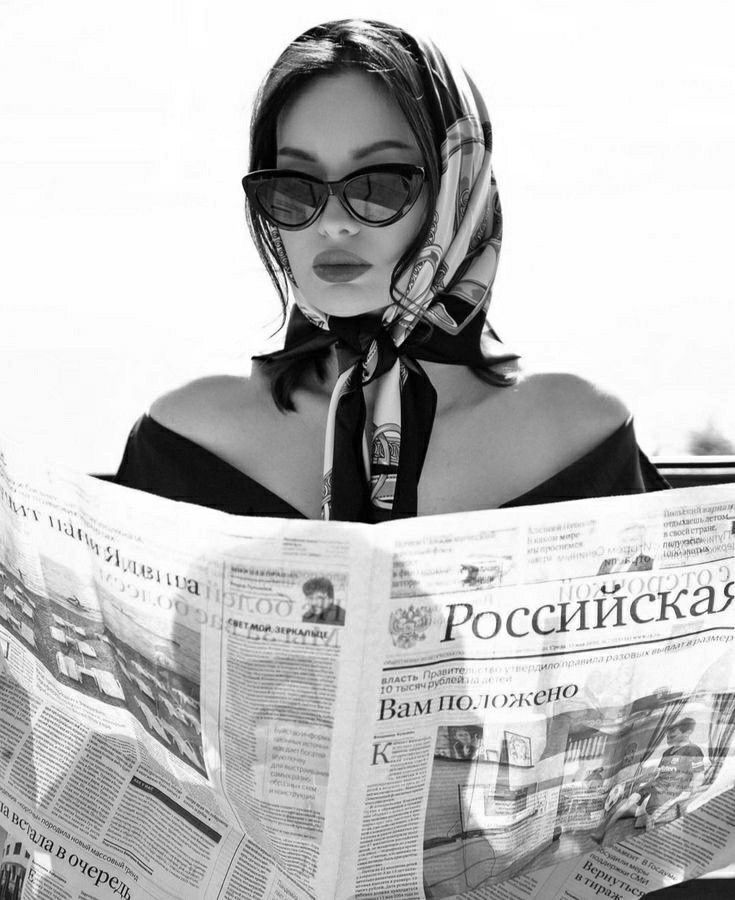

Authentic vintage items show signs of age but remain in good condition. Look for details like metal markings on jewelry, stitching quality on bags, and original labels or tags.
Materials used in vintage accessories often differ from modern versions. For example, genuine leather, natural silk scarves, and glass or rhinestones instead of plastic.
Check for wear that matches age. Faded colors, tiny scratches, and slight tarnish can be good signs. Be cautious of items that look too new or have modern parts. These could be reproductions or fakes.
Styling Vintage Accessories With Modern Outfits
Using vintage accessories with modern clothes can add character and style. It’s about mixing old and new pieces in a way that feels natural and fresh. Paying attention to balance and contrast helps make outfits stand out without feeling cluttered.
Tips for Mixing Eras Seamlessly
To mix eras well, start by choosing one or two vintage items and keep the rest of the outfit modern and simple. This avoids overwhelming the look. Color coordination is important—matching certain colors or tones helps tie different styles together.
Layering can also bridge the gap between vintage and modern. For example, a vintage scarf over a plain modern blouse adds interest without clashing. It’s helpful to understand the vibe of each accessory, like whether it’s bold, delicate, or quirky, then match it accordingly.
Pairing Vintage Jewelry With Contemporary Looks



Vintage jewelry works best when it’s the focus of an outfit. Chunky necklaces or large brooches pair nicely with minimalist tops or dresses. For delicate vintage pieces, layering a few subtle items together creates a modern twist.
Metal tones like gold and silver can be mixed carefully. Keeping all jewelry in the same tone usually looks cleaner. Choosing jewelry that complements the neckline or style of the modern clothes keeps the look balanced.
Incorporating Vintage Bags and Belts
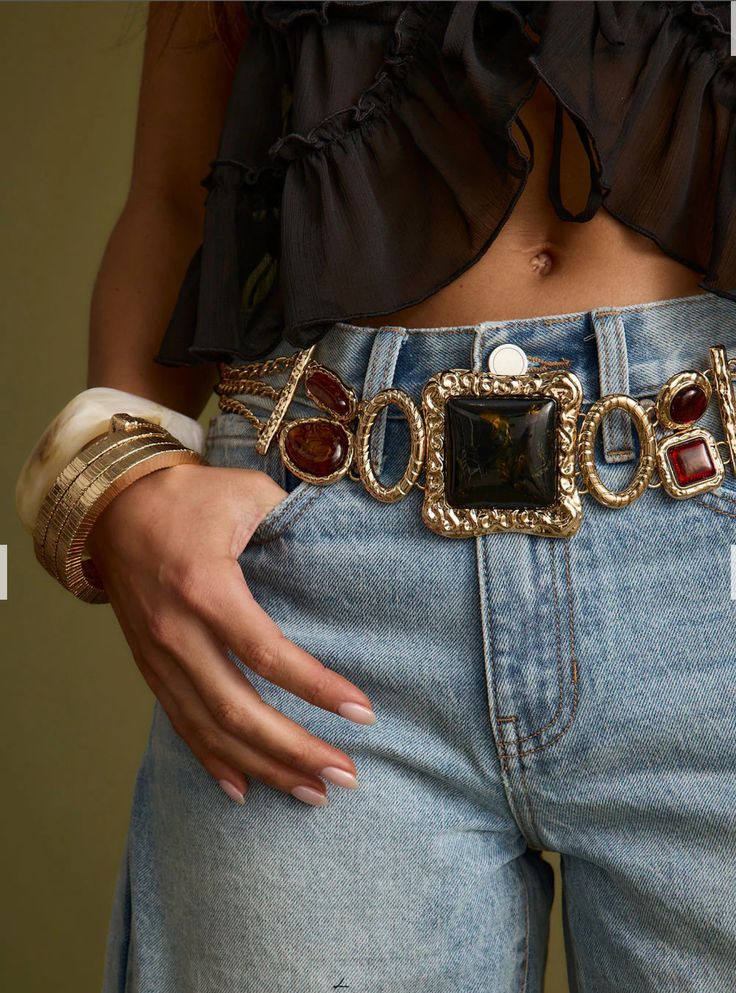


Vintage bags often have unique shapes or hardware that stand out. Pair them with straightforward outfits like jeans and a tee to let the bag shine. Belts are great for adding shape; a vintage belt can turn a loose dress into a defined silhouette.
When choosing a vintage bag or belt, consider size and color. A small, brightly colored bag works well with neutral clothing. A classic leather belt pairs easily with tailored pants or skirts. These accessories add texture and detail without overpowering the outfit.
Balancing Statement and Subtle Pieces
If one vintage item is bold, like a statement necklace or oversized sunglasses, keep other accessories simple. This balance prevents the outfit from looking too busy. On the other hand, subtle vintage pieces can be layered together for a more detailed appearance.
Choosing which item to highlight first helps keep outfits clear. For example:
| Statement Piece | Supporting Pieces |
|---|---|
| Bold vintage earrings | Simple modern necklace |
| Vintage floral scarf | Plain shirt or jacket |
| Large antique handbag | Minimal jewelry |
This approach helps maintain focus and harmony in any outfit.
Caring for and Sourcing Vintage Accessories
Finding authentic vintage accessories and keeping them in good shape requires smart shopping and proper care. Knowing where to shop, how to fix small issues, and the best ways to store items can help protect these unique pieces for years.
Best Places to Shop for Vintage Finds
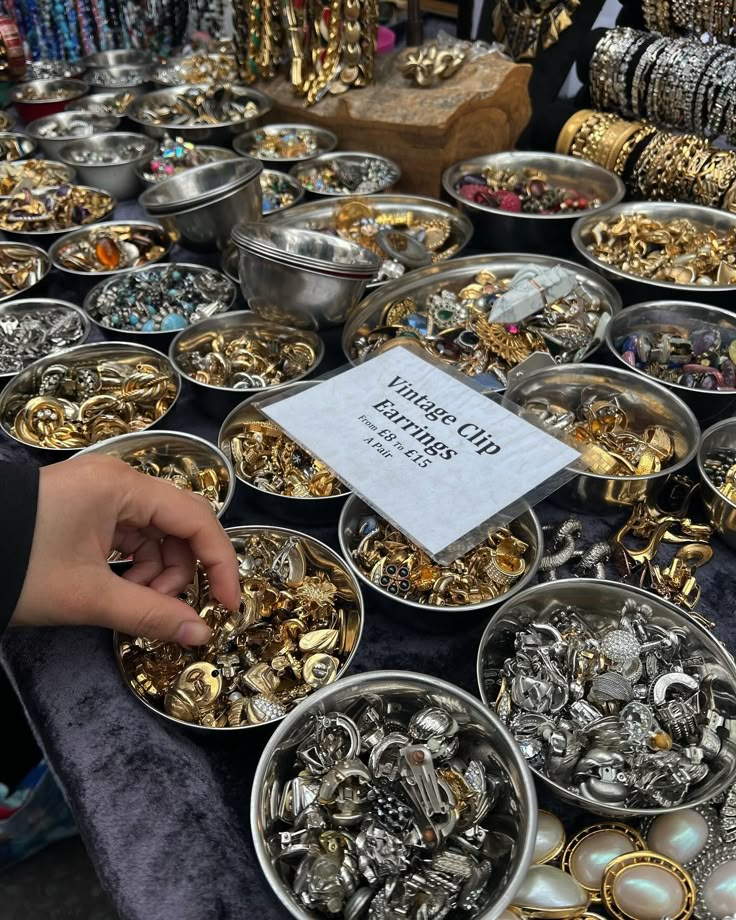

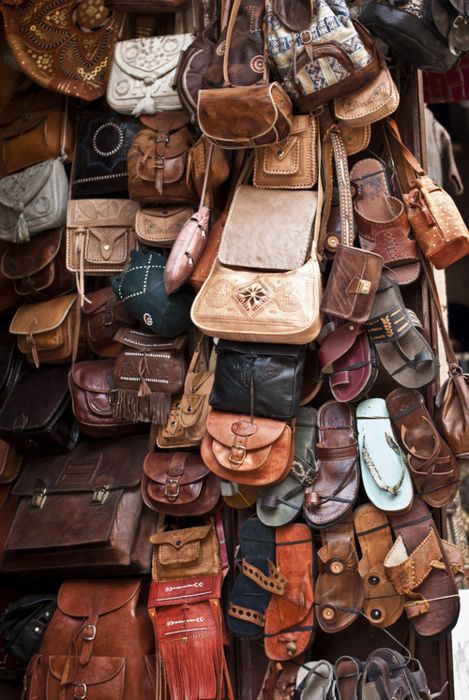
The best places to shop often depend on the type of accessory. Thrift stores and estate sales can offer hidden gems at low prices, but buyers should check carefully for authenticity and condition.
Specialty vintage shops and online platforms, like Etsy or dedicated vintage stores, usually have well-curated items with detailed descriptions. They often provide certificates of authenticity or proof of origin, which adds extra trust for buyers.
Flea markets and antique fairs are great for browsing a large variety of styles in person. Buyers should bring a flashlight and magnifying glass to inspect small details like clasps, stamps, or fabric quality.
Restoration and Maintenance Tips
Small repairs can extend the life of vintage accessories. For jewelry, gentle cleaning with a soft cloth and mild soap removes dirt without damaging delicate parts. Avoid harsh chemicals that can discolor metals or damage stones.
For leather items like bags or gloves, using a quality leather conditioner keeps the material flexible and prevents cracks. Fabric accessories, such as scarves, should be hand-washed carefully or dry-cleaned following the label’s advice.
Loose threads, missing buttons, or broken clasps can often be fixed by a local tailor or jeweler. It is important not to over-restore; preserving original features helps maintain the item’s value and character.
Storing Pieces to Preserve Quality
Proper storage slows down wear and tear. Accessories should be kept in a cool, dry place away from direct sunlight to avoid fading or discoloration.
Using acid-free tissue paper or soft pouches helps protect delicate items like jewelry or silk scarves. Storing bags in dust bags with some stuffing keeps their shape intact.
Organizing items by type and material in separate containers prevents scratching or tangling. Avoid plastic bags because they can trap moisture, which may cause mold or tarnishing. Regularly checking stored pieces helps catch any problems early.
- 317shares
- Facebook0
- Pinterest317
- Twitter0
- Reddit0

